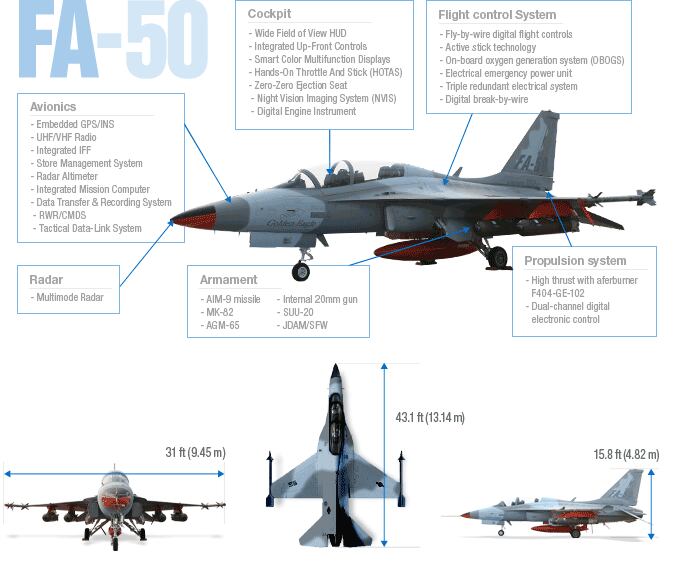LONDON — In 2016, the U.S. Air Force opened a new office to evaluate the airworthiness of military aircraft it didn’t plan to buy, thus making it easier for those U.S. companies to sell internationally. Now its flagship effort with Textron’s Scorpion jet has been suspended.
After moving through the first phase of the airworthiness assessment, Textron decided to step away from the process, Bill Harris, Textron’s vice president for Scorpion sales, confirmed in a July 14 interview.
The reason, he said, is that the company opted to pool its financial resources in support of its AT-6 Wolverine turboprop that the Air Force is evaluating as part of the light-attack experiment. If turned into a program of record, that opportunity could be worth several hundred planes.
“AT-6 is a very important program,” Harris told Defense News at the Royal International Air Tattoo. “Any smart company moves their resources where they need to go, and all of our efforts with the Scorpion are privately funded.”
The Air Force announced in July 2016 that it had signed a cooperative research and development agreement, or CRADA, with Textron. The agreement was the first of its kind, aimed at allowing the Air Force to gain insight into technologies it isn’t purchasing and to clear away some of the evaluations that must be done before a sale to a foreign nation.
That agreement — along with the opening of a new Non-DoD Military Aircraft Office (NDMAO) — garnered much media attention in the months following. In an August 2016 interview, the head of the NDMAO said that a CRADA to assess the Lockheed Martin-Korean Aerospace Industries F/A-50 was soon to be signed, and that another agreement for a different aircraft could be on its heels.
RELATED

However, no such agreement on the F/A-50 or any other aircraft ever surfaced, and the work of the NDMAO faded into obscurity.
Textron may have suspended its efforts to assess the Scorpion jet, but the NDMAO is working on two active projects, Robert FitzHarris, the deputy director of the service’s airworthiness office, said in a statement.
One involves an agreement between the Air Force and General Atomics to conduct an airworthiness assessment of the MQ-9B SkyGuardian drone and the SeaGuardian, its maritime variant, he said. The CRADA is the first between the office and a maker of unmanned aircraft.
In essence, SkyGuardian is a version of the MQ-9 Reaper that will be certified to fly in any airspace safely. The drone has already found its first customer: the United Kingdom, which could buy anywhere from 21 to 26 copies.
Beyond that, the airworthiness assessment could raise the confidence levels of other countries interested in buying SkyGuardian. And, importantly, it gives the U.S. Air Force a window into the MQ-9B’s capabilities — which could help SkyGuardian break into the U.S. market.
IOMAX is also engaged in a CRADA with the Air Force for an assessment of its Archangel turboprop aircraft, FitzHarris said.
Like General Atomics, IOMAX has sold the Archangel internationally, but the addition of an airworthiness assessment from the Air Force may help attract new customers or pave the way for speedier sales.
Both the General Atomics and IOMAX efforts are still in Phase 1, where the Air Force and company lay out an “airworthiness assessment basis” that establishes a common understanding of how the airworthiness of a given aircraft would have been evaluated and graded.
Phase 2 revolves around submitting test reports, risk assessments and engineering data to the Air Force, who then conducts a technical assessment based on that data.
“We don’t do flight testing. We simply rely upon the data provided by the collaborator," FitzHarris told Defense News in 2016, when he was leading the NDMAO.
“There’s testing, analysis, all of these things that typically feed into an assessment,” he said. “We have the technical expertise to take that … and give an assessment of compliance. Where there is compliance lacking or data lacking, we’re going to assess risk and then we provide that information in an assessment package back to the collaborator.”
Textron is open to restarting the airworthiness assessment effort for Scorpion in the future, provided it’s able to nail down a first customer to help offset the expense of doing the evaluations, Harris said.
"[Once] we [have] that launch customer, then we’ll re-initiate that program,” he said. “Until we get that, being privately funded and not a program of record with the Air Force, that continues to be all on our nickel.”
Valerie Insinna is Defense News' air warfare reporter. She previously worked the Navy/congressional beats for Defense Daily, which followed almost three years as a staff writer for National Defense Magazine. Prior to that, she worked as an editorial assistant for the Tokyo Shimbun’s Washington bureau.








